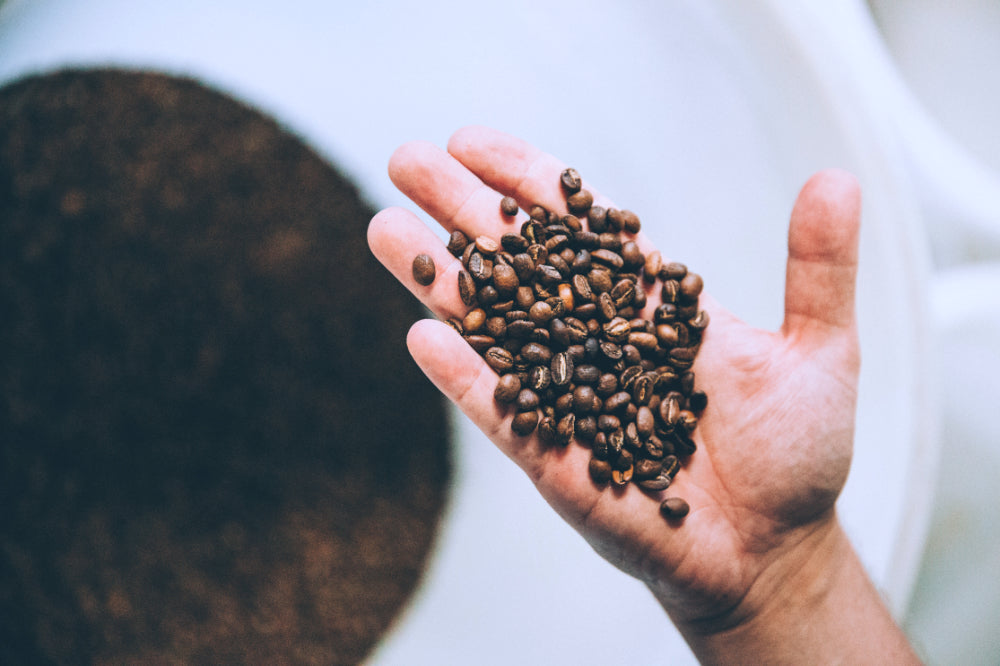
Coffee Science: Understanding Acidity and Body

At Elephas Coffee, we are passionate about helping our customers appreciate the finer nuances of coffee. Two key aspects that greatly influence your coffee's flavor profile are acidity and body. Understanding these elements can elevate your coffee experience, allowing you to choose and brew coffee that perfectly matches your taste preferences.
What is Coffee Acidity?
In the context of coffee, acidity refers to the bright, tangy, or sharp notes that you taste, often described as the coffee's "brightness." It is a desirable trait that adds complexity and liveliness to the flavor profile. Acidity is not about how sour a coffee is, but rather the vibrant and crisp characteristics it brings.
Types of Acidity
- Citric Acid: Common in coffees from Central America, it imparts citrus-like flavors such as lemon, lime, or orange.
- Malic Acid: Found in apples, it provides a tart and crisp taste, often associated with coffees from East Africa.
- Tartaric Acid: Present in grapes, it contributes to wine-like notes, adding a unique sharpness.
- Acetic Acid: Can add a pleasant, vinegary sharpness when in balance, but too much can be unpleasant.
Factors Influencing Acidity
The level of acidity in coffee is influenced by several factors, including the coffee variety, growing conditions, and processing methods:
- Coffee Variety: Arabica beans generally have higher acidity compared to Robusta beans.
- Growing Altitude: Higher altitudes tend to produce beans with higher acidity due to slower growth and cooler temperatures.
- Processing Method: Washed or wet-processed coffees typically have clearer, more pronounced acidity.
Understanding Coffee Body
The body of coffee refers to the mouthfeel or texture of the coffee when you drink it. It can range from light and delicate to heavy and rich. The body is influenced by the coffee's oils, soluble compounds, and the way it interacts with your palate.
Types of Body
- Light Body: Feels thin and watery, often associated with higher acidity and a cleaner finish.
- Medium Body: Balances richness and lightness, providing a smooth and rounded mouthfeel.
- Full Body: Feels heavy and creamy, often with a syrupy texture and lingering finish.
Factors Influencing Body
Several factors can affect the body of your coffee:
- Brewing Method: Methods like French press or espresso retain more oils and soluble compounds, resulting in a fuller body. Pour-over methods tend to produce a cleaner cup with a lighter body.
- Grind Size: Finer grinds can increase extraction, resulting in a fuller body, while coarser grinds may produce a lighter body.
- Roast Level: Darker roasts often have a heavier body due to the caramelization of sugars and the breakdown of cellulose.
Balancing Acidity and Body
Achieving the perfect balance between acidity and body is the key to an enjoyable coffee experience. Here are some tips to help you find your preferred balance:
- Experiment with Brewing Methods: Try different brewing methods to see how they affect the acidity and body of your coffee. For example, a French press might give you a fuller body, while a pour-over highlights acidity.
- Adjust Grind Size and Brew Time: Finer grinds and longer brew times can increase body, while coarser grinds and shorter brew times can highlight acidity.
- Blend Different Coffees: Mixing beans with varying acidity and body can create a more balanced and complex cup.
Conclusion
Understanding the science behind coffee’s acidity and body can enhance your appreciation and enjoyment of this beloved beverage. By experimenting with different beans, brewing methods, and adjustments, you can discover the perfect cup that suits your taste. At Elephas Coffee, we encourage you to explore these aspects and embark on a journey of flavor discovery. Cheers to a richer and more vibrant coffee experience!










